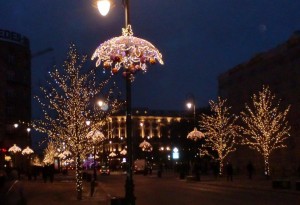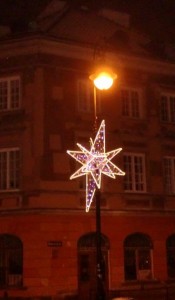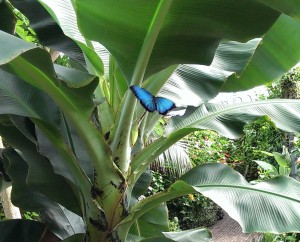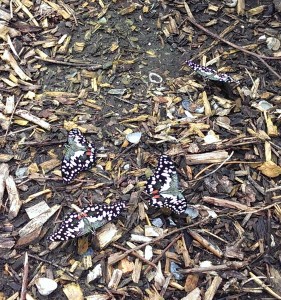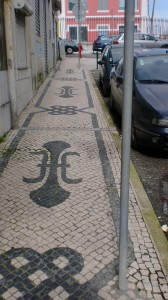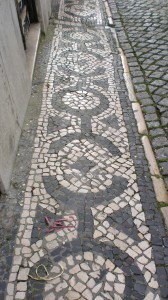
Villa del Casale in Sicily is a wonderful heritage from Roman times. It has a unique mosaic that proves women were exercising for different sports as well as men. What makes Villa del Casale a must-see in Sicily are the many mosaics still in place. The villa with numerous rooms, courts and halls contains more authentic mosaics on their original spots than museums can offer. My visit was amazing and breathtaking as there are not just many mosaics. They are also storytelling mosaics, full of action.

Historians have searched: who would have been rich enough in ancient times to build a place like this? So many rooms (see the villa-plan below) and litterally every floor had mosaics (remaining), wall paintings and marble (mostly lost). In his excellent book about the history of Sicily, Fik Meijer suggests that it could have been Maximinianus, co-emperor of Diocletianus in the 3rd century AD but there are also other theories.
Villa del Casale was well in use for at least 7 centuries and probably disappeared underground in the time of the Normans (12th century. Farmers re-discovered it in the 18th century. Restauration followed in the 20th century. And it is very much worth your visit.
Mosaic of Circus Maximus
Not only the mosaic with the sportgirls is unique. In a spectacular corridor, you can see the Roman Circus Maximus projected, with horses running around the track, and other scenes that belong to this horse racing event. It is an incredible and very vivid mosaic, although a little bit difficult to see for the visitor. But even with some distance, it impresses well enough. At a certain point in your visit, you can look into this room also from the other side.


Mosaic Colosseum animals
Very impressive is also the 100 (!) meter long corridor. This corridor is like a film that shows how Romans catch wild animals that must fight in the Colosseum, and how they transport them. This is storytelling mosaic in its best form, not to be found anywhere else in the world. A great variety of animals is put into ships towards Rome: from springbok, buffalo and ostrich to lion, tiger, rhino, elephant. The places depicted are Carthago, Alexandria, the Nile delta, India and the harbour of Ostia. Apparently animals had to be taken from far away to feed the hunger of the Colosseum public in Rome.




Where should I start to describe the rest of Villa del Casale? There are many more storytelling mosaics. A last one that I like both for the scene and for the way the mosaic was placed in a ‘semi-circular portico’ around a small courtyard that connects various rooms.
Mosaic about the art of fishing
This mosaic shows are many boats, all of them with two fishermen using different methods to fish. It reveals in detail the secrets of fishing with a net, a creel, a trident and a fishing line with a hook.
The sea is full with an immense variety of fish. Alongside of the sea you see beautiful maritime villas with different forms but all with long arcades that open out onto the sea.
Most probably this is one of the ‘North-African’ mosaics present in Villa del Casale as it looks a lot like mosaics found in the Bardo Museum in Tunis.

Mosaic floors for servants
Were you only a servant in the Villa del Casale? Well, even for you the floors would be covered with mosaics and the walls with frescos and marble. It might not be a storytelling mosaic but I would not mind to have that kind of floor in my room!



How to get there?
Villa del Casale lies in the country-side, a few kilometers from Piazza Armerina about one hour drive from Catania. There is a public bus (Interbus) going from Taormina – Catania – Piazza Armerina. The total ride is about 3 hours (a lot shorter if you start from Catania of course). Tickets are rather cheap (return ticket 18 euros in 2023). Next to the busstop in Piazza Armerina is also the stop of the shuttle to Villa del Catale (2,50 return ticket in 2023, only 10 minutes drive). If you have time left between bus and shuttle, Piazza Armerina has a nice historic centre. Although a bit in neglect, it is worth some of your time.

Do you like mosaics?
Find more places to visit mosaics in these blogs:
House of Dionysos in Paphos (Southern Cyprus)
Zeugma Museum Gaziantep (Turkey)
Mosaic Museum Sanliurfa (Turkey)
Musée National Luxembourg
Bardo Museum (Tunisia)
Salamis (Northern Cyprus)



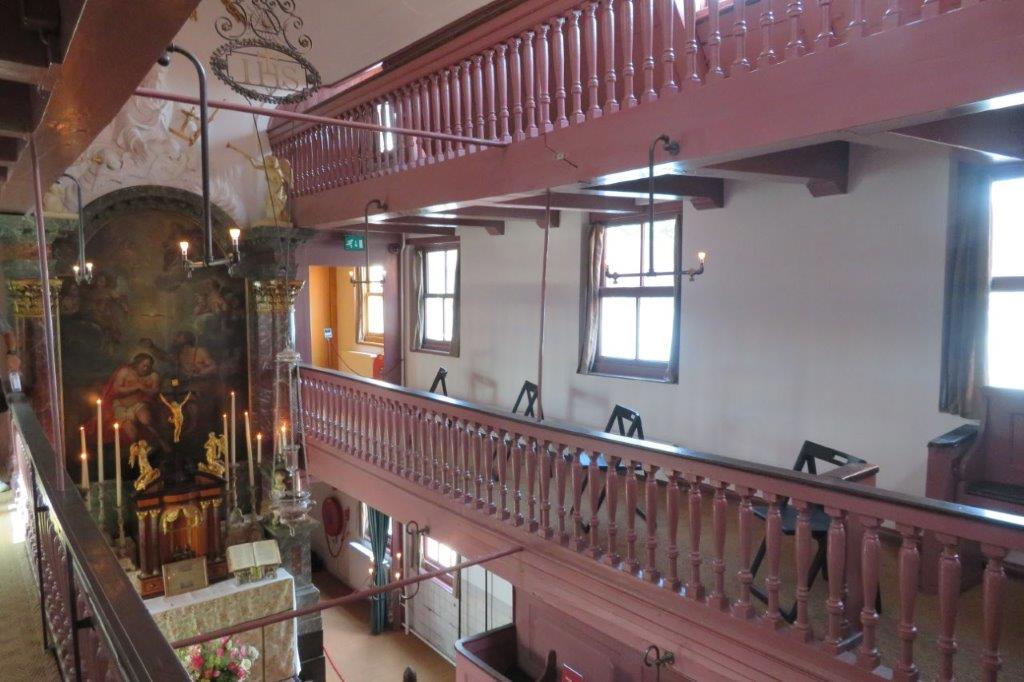
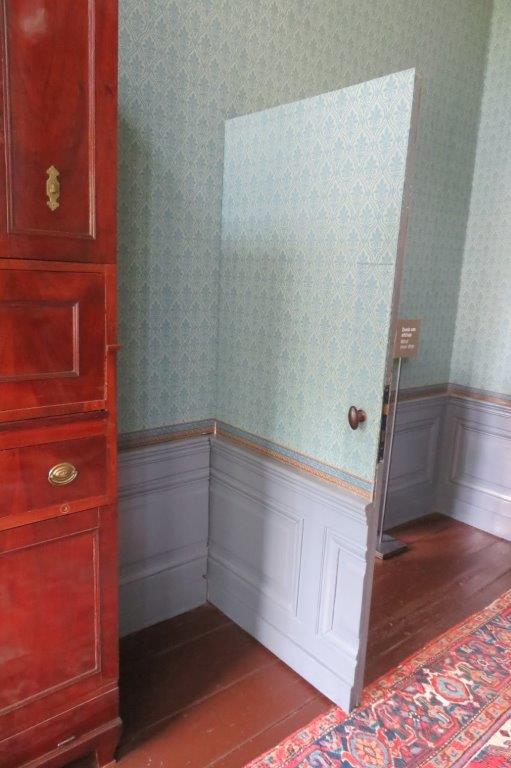















 Bilqiss is about regrets and hope for the chance to be the one you should have been. Living in a burqa is more than just having some inconvenient clothing; it is the expression of a patriarchal society where women live within the boundaries men grant them. Individual men have the right to totally suffocate the women they live with. You might be bored when I write it like this but reading Bilqiss will not bore you.
Bilqiss is about regrets and hope for the chance to be the one you should have been. Living in a burqa is more than just having some inconvenient clothing; it is the expression of a patriarchal society where women live within the boundaries men grant them. Individual men have the right to totally suffocate the women they live with. You might be bored when I write it like this but reading Bilqiss will not bore you.

 the only inhabitant left in mine workers houses, almost forgotten by the world, becomes a monument of resistance; and so on. What is absolutely unique about this road movie that could also be called a road documentary, is the normality shown in its full brilliance. It shows that normality can be infinitely more interesting and great than the special.
the only inhabitant left in mine workers houses, almost forgotten by the world, becomes a monument of resistance; and so on. What is absolutely unique about this road movie that could also be called a road documentary, is the normality shown in its full brilliance. It shows that normality can be infinitely more interesting and great than the special. From a vivid wheelchair run through Musée du Louvre in Paris to sharing sadness and perspectives on life: it forms one breathtaking story for the spectators.
From a vivid wheelchair run through Musée du Louvre in Paris to sharing sadness and perspectives on life: it forms one breathtaking story for the spectators.
